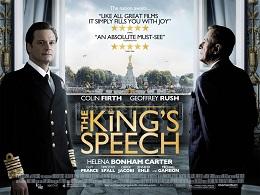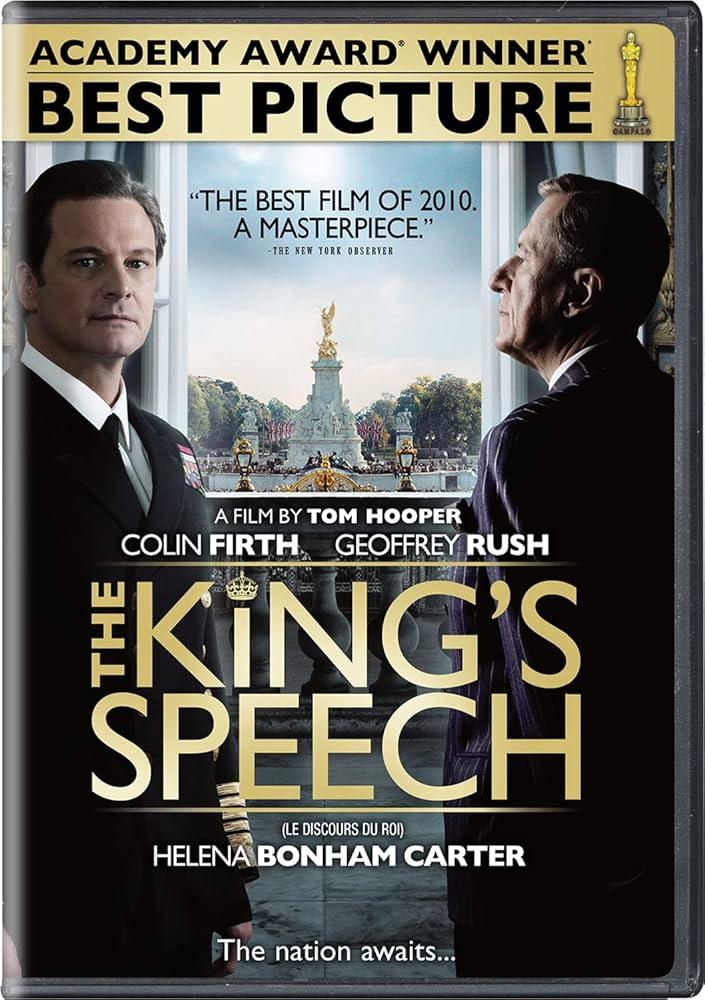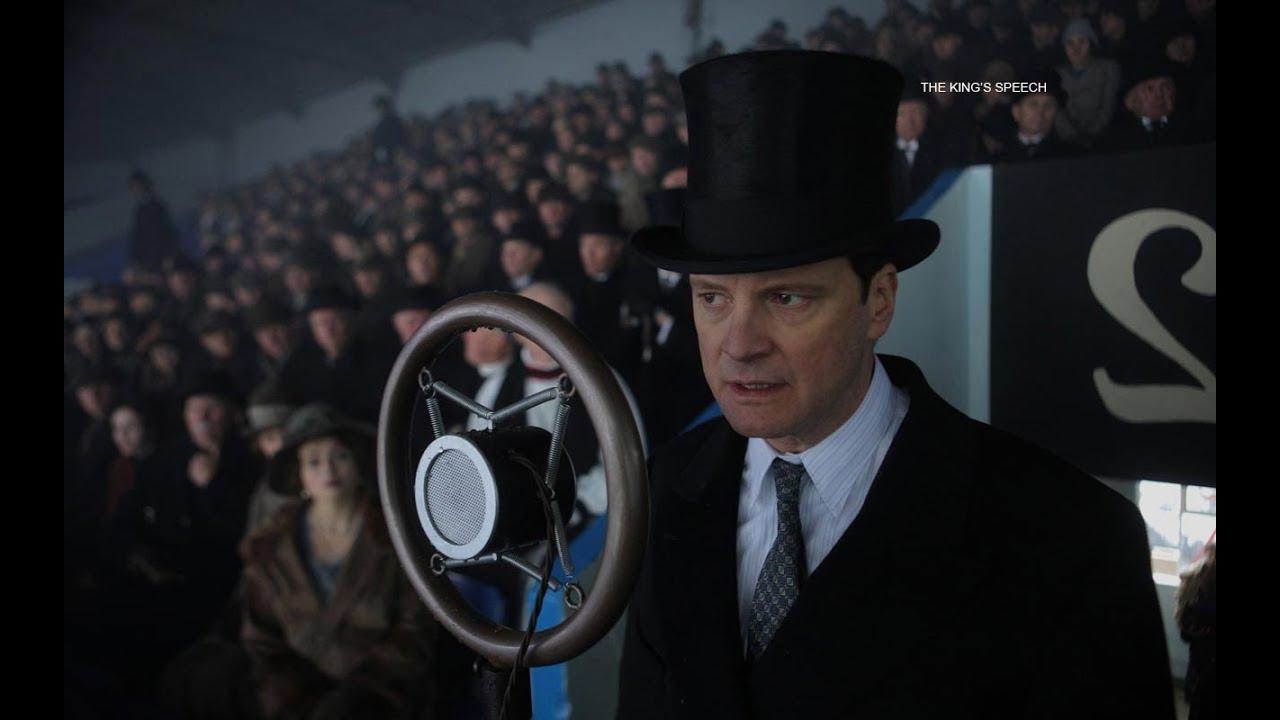“The King’s Speech,” a critically acclaimed film directed by Tom Hooper, offers a compelling exploration of personal triumph amidst profound adversity. Set against the backdrop of a nation on the brink of war, the film chronicles the journey of Prince Albert, Duke of York, who ascends to the British throne as King George VI. Plagued by a debilitating stammer, the new king faces not only the weight of his royal duties but also the personal challenge of overcoming his speech impediment. Through a nuanced portrayal of his relationship with speech therapist Lionel Logue, the film delves into themes of vulnerability, resilience, and the transformative power of human connection. This article seeks to analyze how “The King’s Speech” effectively illustrates the triumph of the human spirit, providing a poignant narrative of overcoming obstacles through perseverance and support.
Character Development and Emotional Resilience
In The King’s Speech, the film intricately explores the transformative journey of King George VI as he grapples with a profound stammer that impedes his ability to communicate effectively. The character development is masterfully depicted through his evolving relationship with Lionel Logue, an unorthodox speech therapist. Through their sessions, viewers witness a profound shift in George’s emotional resilience. His journey is marked by a series of triumphs and setbacks, each serving as a stepping stone towards personal growth. Courage, vulnerability, and determination are the core attributes that George cultivates, demonstrating that overcoming personal challenges is often a path paved with emotional introspection and persistent effort.
- Self-Acceptance: The narrative highlights George’s initial reluctance to confront his impediment, which gradually transforms into self-acceptance.
- Support Systems: The unwavering support from Lionel and his wife Elizabeth underscores the importance of a robust support system in fostering resilience.
- Confronting Fear: As George learns to confront his fears, he discovers an inner strength that was previously overshadowed by his doubts.
Ultimately, the film portrays personal triumph not as a solitary conquest but as a collaborative journey that intertwines personal will with external support. This nuanced portrayal serves as a testament to the enduring power of human resilience in the face of adversity.

The Role of Support Systems in Overcoming Challenges
In the cinematic journey of The King’s Speech, support systems emerge as vital elements that facilitate the protagonist’s triumph over personal challenges. King George VI’s struggle with a debilitating stammer is depicted not merely as a personal flaw, but as a profound obstacle to his public duties. The film emphasizes the significance of a robust support network in overcoming such adversity. Notably, Lionel Logue, the unconventional speech therapist, plays a pivotal role in the King’s journey. His unwavering belief in George’s potential and his innovative techniques provide a foundation for the monarch’s eventual success.
- Trust and Understanding: Logue’s approach is rooted in building a genuine connection, which allows the King to confront his insecurities.
- Emotional Support: Queen Elizabeth, the King’s wife, serves as a constant pillar of emotional support, reinforcing his determination.
- Community and Encouragement: The broader circle of aides and confidants who, despite societal expectations, rally behind the King’s efforts.
This narrative underscores that overcoming challenges often requires more than individual resolve; it necessitates a cohesive support system that fosters resilience and growth. By weaving these elements together, the film presents a compelling case for the transformative power of collaborative support in personal triumphs.

Symbolism and Cinematic Techniques in Depicting Struggle
The film masterfully employs a range of cinematic techniques to symbolize the internal and external struggles faced by King George VI. Lighting plays a crucial role, often casting shadows that reflect the King’s internal turmoil and the weight of his responsibilities. These visual elements are complemented by camera angles that emphasize his vulnerability, often capturing him from below to symbolize the towering pressures of his role. Additionally, the use of close-ups during speech therapy sessions intensifies the audience’s connection to his struggle, highlighting the tension in his facial expressions and the effort required to overcome his speech impediment.
- Sound Design: The use of sound, particularly the deliberate inclusion of ambient noise and the stark silence during moments of introspection, underscores the King’s isolation and the magnitude of his challenge.
- Symbolic Objects: Items such as the microphone serve as powerful symbols of both the King’s fear and his eventual triumph. This transformation from a source of dread to an emblem of victory parallels his personal growth.
- Costume and Setting: The regal attire and opulent settings contrast with the King’s personal struggle, highlighting the disparity between public expectation and private reality.
These techniques collectively craft a poignant narrative that not only depicts the King’s personal battle but also invites the audience to experience the profound sense of accomplishment that accompanies his journey from adversity to triumph.

Lessons on Perseverance and Personal Growth
In the cinematic masterpiece, “The King’s Speech,” the journey of King George VI offers a profound narrative on the power of perseverance and the depths of personal growth. As he grapples with a debilitating speech impediment, the future king’s struggle is not just against his stammer, but against the societal expectations and personal doubts that plague him. The film illustrates how adversity can be a catalyst for personal triumph, with King George VI’s journey serving as a testament to the resilience of the human spirit. Through the unwavering support of his speech therapist, Lionel Logue, the king discovers that confronting his vulnerabilities head-on is crucial for his personal development and eventual success.
- Embracing Vulnerability: King George VI’s willingness to expose his weaknesses is a pivotal step in his journey. It underscores the importance of accepting one’s limitations as a foundation for growth.
- The Role of Support Systems: Lionel Logue’s unconventional methods and steadfast belief in the king highlight the significance of having a strong support network when facing personal challenges.
- Commitment to Self-Improvement: The king’s relentless dedication to overcoming his speech difficulties demonstrates the transformative power of perseverance and self-belief.
